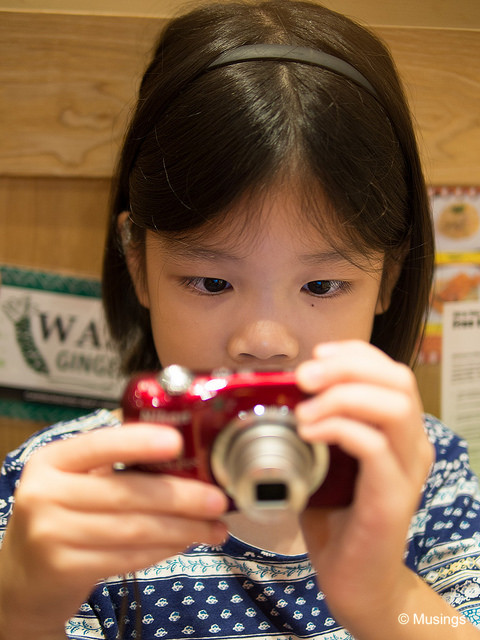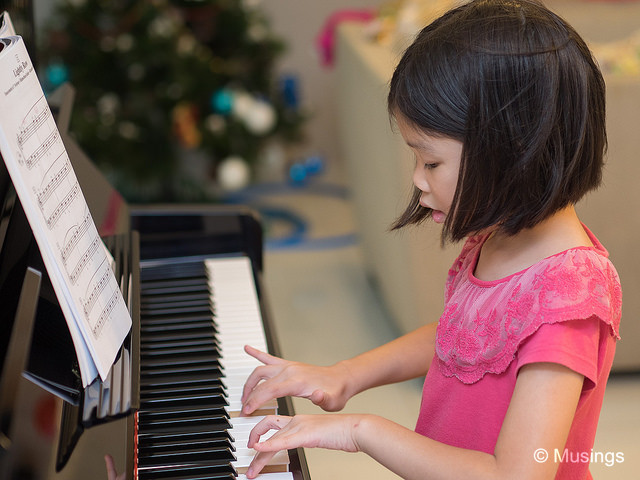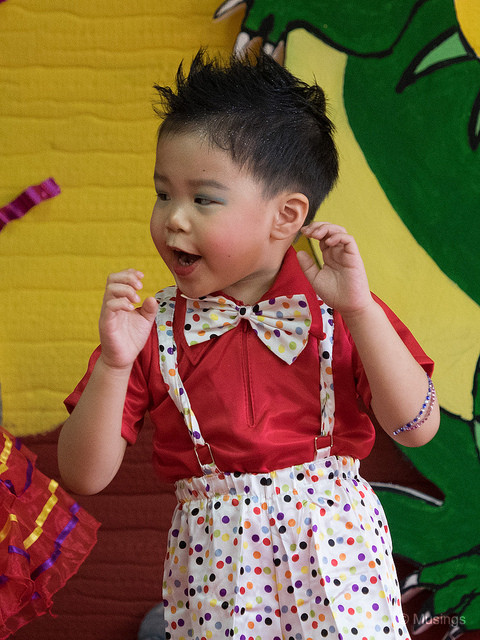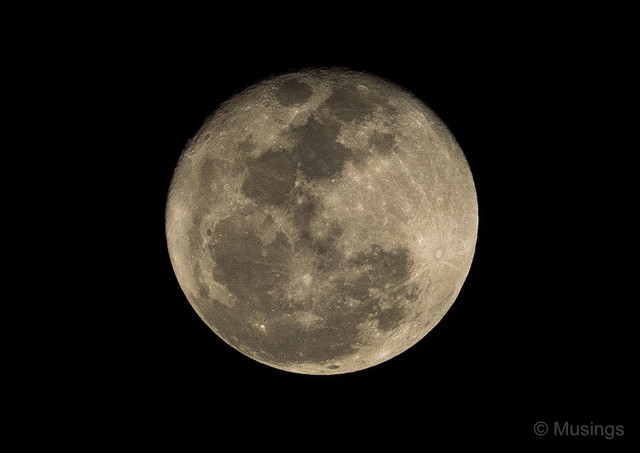2016 was a comparatively slow year – new gear wise at least – for the cameras I use. I still keep a expenditure log of items I buy, and over the year, acquisitions were a low half-dozen items that totaled up to about $1.4K and mostly in part from the Fujifilm X70 I picked up in April:
Several MaximalPower BLN-1-compatible batteries for the E-M5 and E-M1
Fujifilm X70
Hoya Pro 1 Digital UV 49mm for the X70
Meike MK320 TTL flashgun for the Fujifilm system
Hoya Circular Polarizer 62mm for the Olympus 12-40mm f2.8
Another Meike MK320 TTL flashgun and for the M4/3, and currently on the way
Of the m4/3 bodies; the E-M1 has gone along not only for two vacations but along for a couple of event shoots (mainly concerts and student graduation events), and ergonomics and utility wise has proven itself as reliable as I can get them within my photography skill level, though I’m still wrestling with getting the best out of its support for Continual AF + Tracking. The almost five year old E-M5 still gets stashed in my everyday bag on account that it’s just much smaller than the E-M1 and nearly as full-featured. The 3 year old E-PL6 though developed stuck shutter problems and has just been sent for repair at Olympus Service Center, and while it’s yet to return, that the repair job could cost as much as $130 was a little annoying considering that many pre-loved E-PL6 can be had for just over $300 now.
Lens-wise; Interestingly, unlike the Sigma 70-200mm f2.8 I had for my old Nikon system, the Olympus 40-150mm f2.8 has seen far more use in a year than than the Sigma ever did. The Olympus accompanies the 12-40mm f2.8 for every event shoot I’m on now (and also when a second body like the E-M5 is real useful!), is marvelously brisk and confident in getting AF lock, and very beautiful proportioned too. And of the three main primes, the 25mm f1.4 still gets used the most, followed by the 45mm f1.8 and finally the 17mm f1.8.




For all intents from the kind of photography I do normally anyway, I reckon that my lens range has remained about complete in 2016. That said, I was wondering if there were still other lenses and things to explore acquiring for 2017. For instance:
E-M1 Mark II: Singapore was one of the two lucky countries around the world to get stocks slightly ahead of other countries. I tried one such unit while at the Olympus showroom, and came out of it impressed: even better ergonomics than the Mark I, quieter and almost near silent shutter release, and very fast AF were the most noticeable traits. From the first reviews, the new model also features substantially better battery life and better C-AF. What’s less impressive though is the camera body size – it’s almost as large as entry-mid level Nikon DSLRs now and also that it costs a small fortune. So no – I’ll pass for the moment, not when the Mark I still suffices for what I do.
Olympus 12-100mm f4: released at about the same time as the E-M1 Mark II above, this one is Olympus’ ‘pro’-grade lens with the kind of focal range that is typically associated with travel zooms. Convenient as it might be when it comes to vacations, we don’t travel as much these days and the 12-100mm range isn’t for my kind of everyday use as well. And it’s a full stop difference between f4 and f2.8. So; pass too.
Olympus 7-14mm f2.8: now we’re talking! It’s been a while since I shot ultra wide-angle, and the number of years I had the Sigma 10-20mm for my Nikons remind me that UWA shots are also not my every-day thing. That said, this is one lens that actually offers a (wide) focal length that I currently do not possess for the m4/3. So this one’s a maybe – if I can find someone selling a pre-loved copy of it for cheap.
Olympus 75mm f1.8: still widely regarded as among Olympus’ sharpest and the ultimate portrait lens, though not quite for indoor use given its focal length. And the focal length is covered already with my 40-150mm f2.8 albeit at a stop slower. Still, tempting – perhaps at some point in the future.
The Fujifilm X70 produces great shots and is usable in good lighting, but indoors it’s a real dog for moving subjects with its AF constantly hunting about. I might just sell it away in 2017. Moreover, while deciding whether it was worthwhile to send the E-PL6 for repair, I did consider if I should just chuck the camera and get an equivalent compact replacement. And of that: the Panasonic GX80/85 is ostensibly a cheaper brother to the company’s top-of-the-line GX8, though funnily, it offers very useful features not found on its more expensive predecessor. However, it’s not exactly a small camera, and its screen doesn’t flip-up for family wefies – so, nope. Olympus has also released its newest iteration in the E-PL line, the EPL8, and it sure looks nice with slightly bumped up specifications and updated features from the E-PL7. I had mixed feelings handling it at the Olympus showroom though: the camera didn’t feel dense and not quite possessing the premium build I expect for its asking price.
So – my wishlist for m4/3 in 2017:
A camera about the size of the Panasonic GM5 with 2016-ish sensor technology.
With sensor stabilization (most of my m4/3 lenses aren’t optically stabilized!)
Touch-supported and flip-up screen for wefies
Going for S$700 or less.
And if not, there are of course the 1″ sensor small pocketable compacts like the Canon G7X II, Sony RX100 Mark V, and the just recently released Panasonic LX10, with the first camera on the list there nicely discounted here though my preference is for a small compact m4/3 still. In any case, more to report next year if something new does come into the radar!
Recent comments